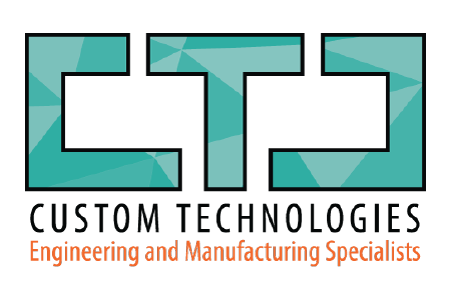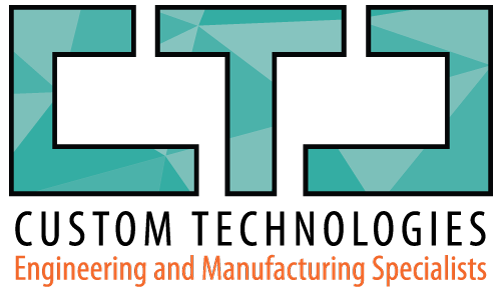Warehouse process automation brings a wide range of advantages. There’s increased efficiency, optimized warehouse space, reduced inventory loss, minimized manual labor, improved order fulfillment accuracy, fewer shipping errors, and more!
By reading this article, you’ll know what warehouse processes can be automated and in what order, and how they correlate to the benefits listed above!
#1. Receiving
Receiving is when inventory is delivered, unloaded, and stored in a warehouse or fulfillment center, making this the first step in the e-commerce fulfillment process. The aim is to efficiently and correctly receive the cargo and avoid accumulation at receiving docks.
You can optimize the receiving process by using:
- conveyors to unload cargo and clear dock areas.
- pallet dimensioning systems to capture the weight and dimensions of pallets.
- automated unboxing machinery to remove a product from its packaging and prepare it for transit to its next destination.
- labor management systems to allocate the right amount of personnel by anticipating upcoming shipments.
#2. Putaway
Next up is putaway, when goods are moved to the optimal warehouse storage location. Having this system in place ensures the safety of goods and employees, keeps the warehouse clean and organized, makes it easier to find and track cargo, maximizes the space in the warehouse, and reduces the risk of misplacing or losing items.
You can optimize the putaway process by using:
- warehouse slotting software or warehouse space management system to automatically assign optimal spaces for each cargo.
- putaway mobile applications and devices to lead warehouse clerks to the proper storage area.
#3. Picking
The warehouse process known as picking is when products in a warehouse are collected to fulfill customer orders. Done manually, this is the costliest activity, taking up as much as 50% of working hours.
You can optimize the picking process by using:
- a Goods to People (GTP) system of conveyors, carousels, and vertical lift systems.
- autonomous mobile robots (AMRs). These robots can understand and move throughout their environments without being overseen directly. They can detect obstacles and safely navigate environments with lots of human traffic.
#4. Packing
When it comes to packing, items in a sales order are picked and prepared for shipment to the customer. The primary aim is to minimize any damage occurring to items once they leave the warehouse.
You can optimize the packing process by using:
- software to guide people in executing tasks. The software utilizes data, like the item’s dimension and weight, to determine the type of packaging material and amount that should be used to keep packing costs low and the item safe.
#5. Shipping
The last warehouse process is shipping, which is only considered successful if the right order is sent to the right customer and delivered safely and on time. The previous processes affect whether or not the order is properly fulfilled.
You can optimize the shipping process by using:
- conveyors, scales, sensors, and printers.
- shipping software that determines available carriers, estimates the shipping rates, and applies labels.
Custom Automation Machinery With Custom Technologies
At Custom Technologies, we’ve been designing, building, and installing custom automation machinery for over 25 years.
Each automation solution is designed for real manufacturing conditions, and we test each machine in our own factory to ensure it will function as expected. Plus, our automation machinery is user-friendly and built to last, and we will make sure your production line is state-of-the-art.
Discuss your custom automation machinery needs with an expert when you schedule for your FREE consultation today!


